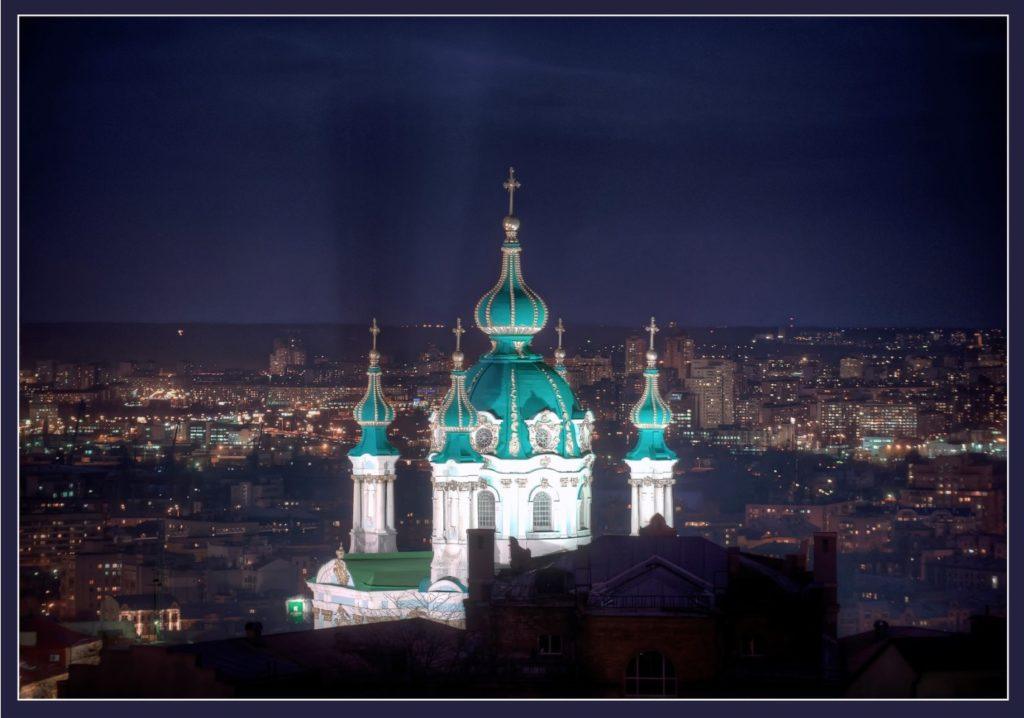by Joseph Shieber

1. There’s something ironic about the fact that the received wisdom about science is that science teaches us not to trust received wisdom. Or, to paraphrase a recent blog post that seems oblivious to this irony: “Scientific expert opines, ‘Science is the belief in the ignorance of experts.’”
I should be fair to Daniel Lemire, the author of that blog post. He does a good job of spelling out the received wisdom about science, as well as of reflecting the orthodox opinion about the scientific expert that Lemire takes as his authority, the Nobel prizewinning physicist, lock-picker, and bongo-player, Richard Feynman.
Unfortunately, Lemire is wrong on both points: the received wisdom about science is hopelessly naive and, far from being a univocal opponent of the importance of expert opinion, Feynman was himself rather confused about the role of iconoclasm in science.
2. Let me begin by tackling the second, in some sense less interesting, point concerning Feynman interpretation.
Far from being of the opinion that all scientists should be iconoclasts who question the experts, the bulk of Feynman’s writing is far more nuanced than the pull-quotes that are turned into the posters that adorn undergraduate science majors’ dorm rooms.
Before appealing to Feynman as an authority on the nature of science, it is worthwhile to keep in mind that Feynman’s field of expertise isn’t the nature of science itself, but theoretical physics. This is important, since, as Feynman himself noted, “In order to talk about the impact of ideas in one field on ideas in another field one is always apt to be an idiot of one kind or another. In these days of specialization, there are few people who have such a deep knowledge of two departments of our understanding that they don’t make fools of themselves in one or the other.” (“The Uncertainty of Science,” John Danz Lecture Series, 1963)
With that in mind, we can appreciate the ways in which slogans like, “science is the belief in the ignorance of experts,” do an injustice to Feynman’s own insights about the nature of science. I’ll briefly sketch five ways in which this is true. Read more »

 Visualize a purple dog, the exercise said. Imagine it in great detail; picture it approaching you in a friendly way. So I did. I thought of a spaniel: long silky ears, beautiful coat, all a nice lilac color. Pale purple whiskers. The dog was friendly but not effusive. I’m not a dog person, but I wouldn’t have minded meeting this dog. All right, now what? The exercise went on to say something along the lines of “Wonderful! If you can visualize that purple dog, can’t you imagine your own life as being full of amazing possibilities?”
Visualize a purple dog, the exercise said. Imagine it in great detail; picture it approaching you in a friendly way. So I did. I thought of a spaniel: long silky ears, beautiful coat, all a nice lilac color. Pale purple whiskers. The dog was friendly but not effusive. I’m not a dog person, but I wouldn’t have minded meeting this dog. All right, now what? The exercise went on to say something along the lines of “Wonderful! If you can visualize that purple dog, can’t you imagine your own life as being full of amazing possibilities?”




 The Fate of the Animals: On Horses, the Apocalypse, and Painting as Prophesy (Three Paintings Trilogy), by Morgan Meis, Slant
The Fate of the Animals: On Horses, the Apocalypse, and Painting as Prophesy (Three Paintings Trilogy), by Morgan Meis, Slant Scheduled departure at Dulles came and went as we waited for the last passenger to board. Although the non-smoking section in the rear cabin was full, the smoking section where I sat was half empty. Death by asphyxiation on the flight to Paris was a distinct possibility but with three empty, adjacent seats in the centre nave there was some chance that my obituary might read, “She died peacefully, in recumbent sleep.”
Scheduled departure at Dulles came and went as we waited for the last passenger to board. Although the non-smoking section in the rear cabin was full, the smoking section where I sat was half empty. Death by asphyxiation on the flight to Paris was a distinct possibility but with three empty, adjacent seats in the centre nave there was some chance that my obituary might read, “She died peacefully, in recumbent sleep.” Indifference is an attitude first theorised as a philosophical stance by ancient Greek Stoic philosophers from the 3rd century BC. It was conceived as the right attitude to cultivate in reaction to indifferent things. What was surprising were the things the Stoics considered to be indifferent and hence require us to be indifferent to. Not your usual ‘whether the number of hairs on your head is odd or pair’, or the number of billions of stars in the galaxy, or even what colour underwear your boss wears – though in some circumstances, the latter can start becoming titillating. And titillation is of course what it’s all about. It’s the tickle that spurs the Stoic to resist it. Resisting what exactly? Feeling, uncontrolled gratification, heart-melting, giving in, touching, kiss-&-make-up-ing.
Indifference is an attitude first theorised as a philosophical stance by ancient Greek Stoic philosophers from the 3rd century BC. It was conceived as the right attitude to cultivate in reaction to indifferent things. What was surprising were the things the Stoics considered to be indifferent and hence require us to be indifferent to. Not your usual ‘whether the number of hairs on your head is odd or pair’, or the number of billions of stars in the galaxy, or even what colour underwear your boss wears – though in some circumstances, the latter can start becoming titillating. And titillation is of course what it’s all about. It’s the tickle that spurs the Stoic to resist it. Resisting what exactly? Feeling, uncontrolled gratification, heart-melting, giving in, touching, kiss-&-make-up-ing.
 Deborah Roberts. Shankia and Grace. 2021.
Deborah Roberts. Shankia and Grace. 2021. According to the meta-charity
According to the meta-charity 



